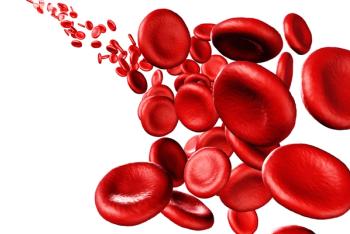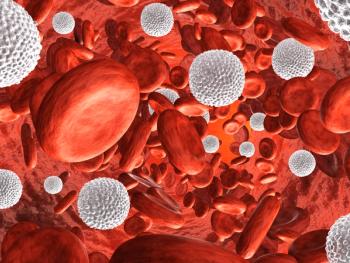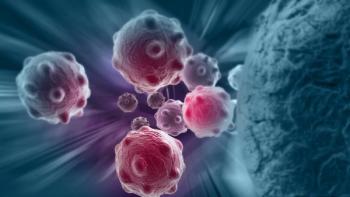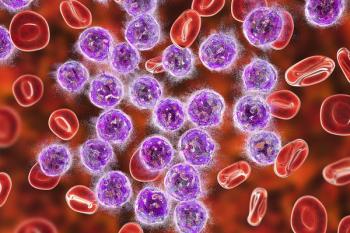
“Off-The-Shelf” Third Party T Cells for CAR-T Therapy Under Investigation
Using CRISPR/Cas9 gene editing to remove CD7 from healthy T cells, researchers have found a way to use third party T cells for CAR-T therapy in T-cell hematologic malignancies.
Gene editing techniques now are paving the way for an “off-the-shelf” CAR T-cell strategy for treatment of relapsed and refractory T-cell acute lymphoblastic leukemia (T-ALL) and non-Hodgkin T-cell lymphoma (T-NHL) without a requirement for autologous T cells. Researchers are
The researchers engineered the T cells so any donor’s T cells could be used. A matched donor with similar immunity is not required and neither are the patient’s own T cells. “We were able to efficiently (> 90%) delete both copies of CD7 and the T-cell receptor alpha subunit (TRAC) and insert a unique CAR to CD7 in human T cells, which maintains normal killing function of these genetically manipulated human T cells in vitro and in vivo. We were able to show that these genetically modified CAR T cells kill both CD7+ human T-ALL cells and T-NHL in vitro and in vivo in immunodeficient mice,” said senior author John F. DiPersio, MD, PhD, who is a professor of medicine in oncology at Washington University School of Medicine in St. Louis, Missouri.
Dr. DiPersio’s team first generated a novel CAR T-cell strategy targeting CD7, allowing for the targeting and killing of all cells with CD7 on the surface. To prevent T-cell fratricide, the researchers used CRISPR/Cas9 gene editing to remove CD7 from healthy T cells. In addition, they used CRISPR gene editing to simultaneously eliminate the therapeutic T cells’ ability to see healthy tissues as foreign. “Our multiplex gene editing of CD7 and TRAC renders these T cells immune to fratricide and from causing graft versus host disease (GvHD). Thus, this represents the first “off-the-shelf” third party CAR T allowing for targeting of both T-ALL, T-NHL, and natural killer (NK) malignancies (also CD7+) without risk of fratricide or GvHD.” Dr. DiPersio told Cancer Network.
The researchers demonstrated that this approach is effective in mice with T-ALL taken from patients. Mice treated with the gene-edited T cells targeted to CD7 survived 65 days, compared with 31 days in a comparison group that received engineered T cells targeting a different protein. The researchers found no evidence of GvHD in the mice. In addition, the study revealed that the therapeutic T cells remained in the blood for at least 6 weeks after the initial injection, suggesting it could ramp up again to kill cancerous T cells if they return.
“The development of CAR T to T-cell and NK-cell malignancies has now been accomplished through the use of CRISPR/Cas9 gene editing and lentiviral gene transduction technologies. This provides the first pathway for overcoming major obstacles of targeting T-cell and NK-cell malignancies using cellular therapy,” said Dr. DiPersio, who is also the deputy director of Siteman Cancer Center. The researchers now hope to translate these findings into the clinic specifically for the treatment of children and adults with relapsed and refractory T-cell hematologic malignancies. The first clinical trial is set to begin in the next 12 to 18 months.
Newsletter
Stay up to date on recent advances in the multidisciplinary approach to cancer.

















































































